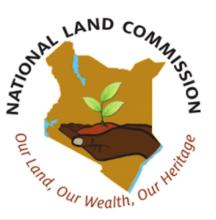Resource information
Cities and Urban Areas play a crucial role as engines of development as well as centers of connectivity, creativity, innovation, and as service hubs for the surrounding areas. Kenya has experienced unprecedented urban growth. At independence the urban population was about 8%. This had grown to be about 40% by 2015. It is projected that by year 2030 at least half of the Kenyan population will be urbanized. The rapid rate of urbanization exerts increased pressure on authorities to meet the needs of growing urban populations. The major challenges facing urban areas include: inadequate infrastructure and services; poor and inadequate housing; environmental degradation; high rates of unemployment; and increasing prevalence of urban poverty and inequality. Despite these challenges, urban areas continue to play a critical role in national development and contribute about 70% of the Gross Domestic Product (GDP). It is in this light that the Constitution of Kenya 2010 at Article 184 requires formulation of specific legislation to address the management of urban areas and cities. Further, the Constitution assigns the planning function to the 47 County Governments (Schedule 4 Part II item 8 of the Constitution). As well, the National Land Commission is charged with the responsibilities for monitoring and oversight at Article 67(2) (h). As an independent commission, the National Land Commission has the responsibility to: protect the sovereignty of the people; secure the observance by all state organs of democratic values and principles; and promote constitutionalism (Article 249(1)).



